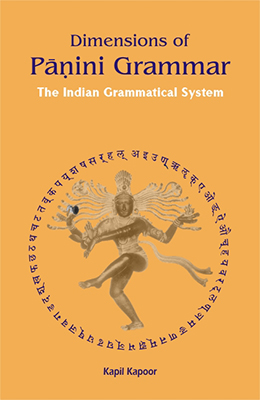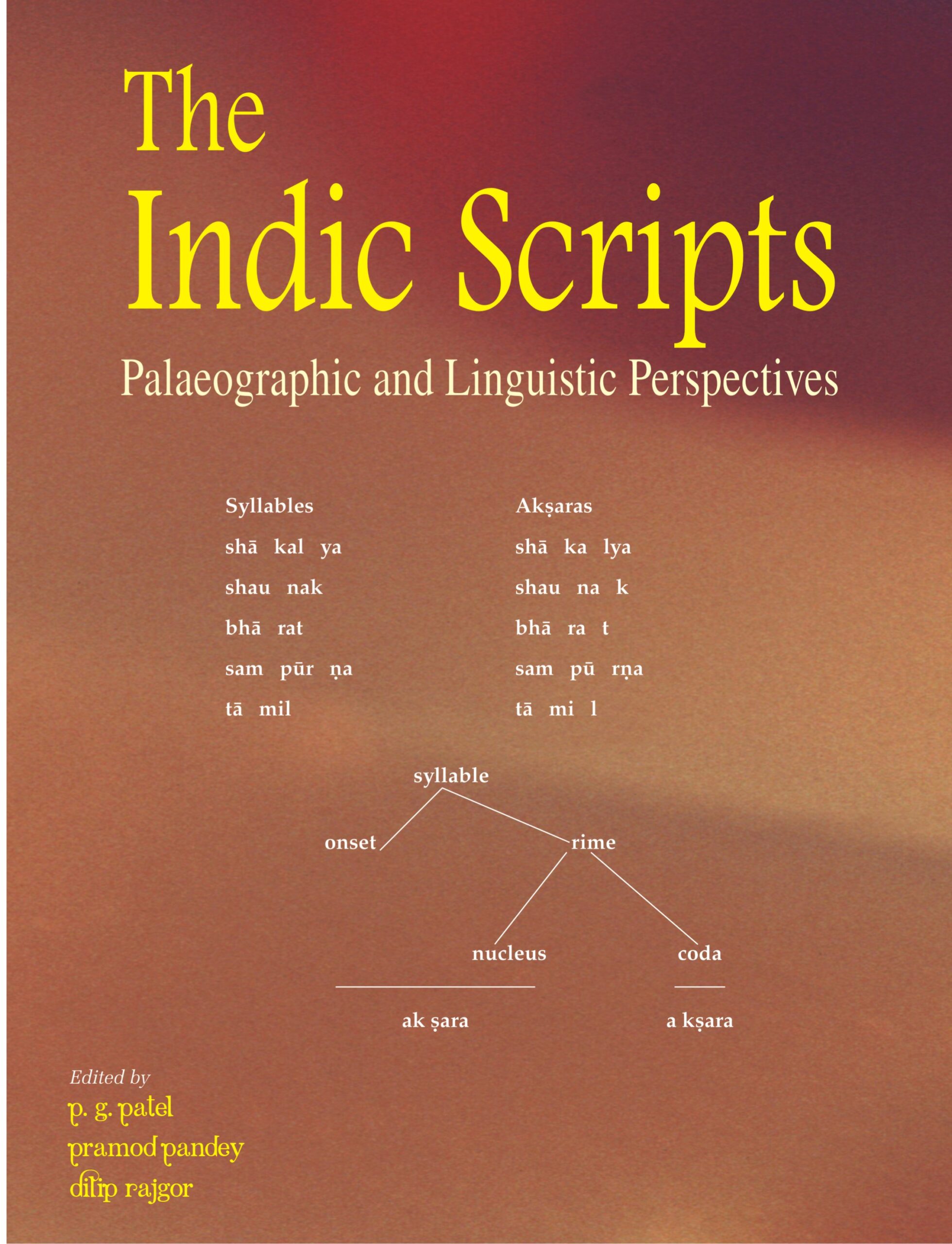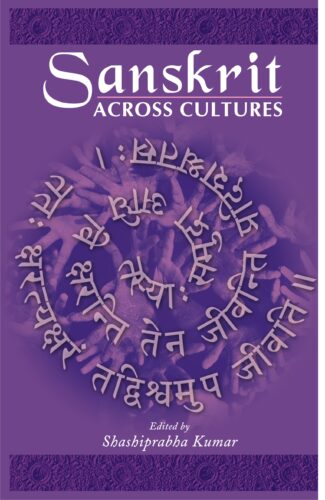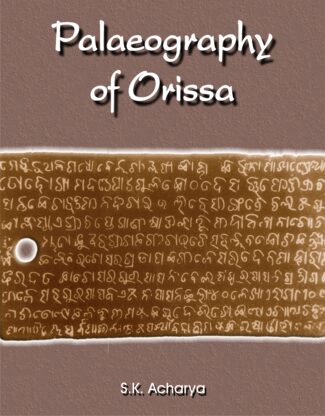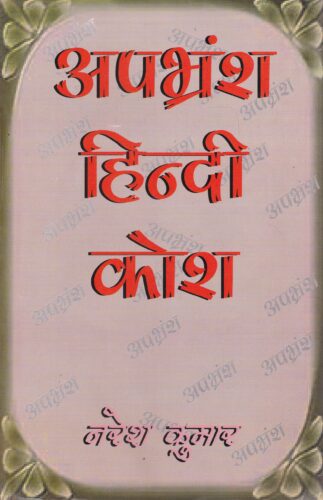

Apbharamsa Hindi Kos...
Apbharamsa Hindi Kosha
Apabhramsa-Hindi-Dictionary by: Naresh KumarThis Dictionary of Hindi Apabhramsa gives in detail the grammatical importance of words, their meanings, correct spellings, the alternate words and their various usages as mentioned by lexicographer Naresh Kumar.
₹1,500.00 Original price was: ₹1,500.00.₹1,350.00Current price is: ₹1,350.00.
ISBN: 9788124601365
Year Of Publication: 1999
Edition: 1st
Pages : xlv, 869
Language : Hindi
Binding : Hardcover
Publisher: D.K. Printworld Pvt. Ltd.
Size: 23 cm.
Weight: 1500
This Dictionary of Hindi Apabhramsa gives in detail the grammatical importance of words, their meanings, correct spellings, the alternate words and their various usages as mentioned by lexicographer Naresh Kumar.

- Sale!Dimensions of Panini Grammar by: Kapil Kapoor
₹950.00Original price was: ₹950.00.₹855.00Current price is: ₹855.00.Leonard Bloomfield described Panini’s Ashtadhyayi (7th century bc) as ‘one of the greatest monuments of human intelligence.’ It is a complete, explicit and comprehensive grammar of both spoken and textual (compositional) Sanskrit. Most of the reputed and renowned Indian and foreign universities running courses on Indian knowledge systems, study it for its principles of analysis, organization and description. What is of great interest is the theoretical framework that informs this grammar, a framework that has remarkable power to describe human languages, particularly the Indian languages.
Panini is the watershed in the linguistic history of India. Before Panini, there was extensive work in phonetics, in morphology and lexicon (in the patha tradition) and in nirvacana (etymology). There is evidence also of the existence of several schools of grammar. In what is characteristic of the Indian intellectual traditions, Panini distilled the available grammatical knowledge and put it in 32000 syllables — as if, it has been said, an ocean has been accommodated in a cow’s hoof-mark. After Panini, a whole tradition developed and produced rich works by Patanjali, Candrakirti, Jainendra, Bhartrihari, Bhojraja, Hemacandracarya, Bhattoji Dikshita, Nagesha Bhatta and many others. It also inspired work in literature and philosophy and has left its mark on the entire intellectual tradition. In the modern period, there is a spread of Ashtadhyayi studies round the globe and it has proved to be of great interest for the study of knowledge representation in the departments of system sciences.
A comprehensive study of the different dimensions of this wonderful grammar enlarges and alters the conceptual horizons of young minds and of all those who care to be associated with the Indian grammatical systems. This book is a record of that adventure. - Sale!Indic Scripts by: P.G. Patel, Pramod Pandey, Dilip Rajgor,
₹1,400.00Original price was: ₹1,400.00.₹1,260.00Current price is: ₹1,260.00.This volume presents the advances in the ongoing research on Brahmi and its daughter scripts used in the present day India. It brings together two main trends: evolutionary-historical development and linguistic grounding. This is the first attempt to cross-fertilize palaeography and linguistics. The palaeographic papers cover the main issues in the decipherment of the Indus Valley script, the origin and evolution of Brahmi, and the palaeographic methods and considerations employed in the decipherment of scripts. These present different trends and arguments of writers on the origin of Brahmi as having been around the Mauryan era or at a much earlier stage, relate to broader historical and cultural issues. They also deal with the need for the use of established and more current palaeographic techniques in classifying regional and stylistic variants of scripts. The linguistic papers in the volume explore the issues of the roots of the orthographic unit aksara in Vedic phonetics, its claim as a minimal articulatory phonetic unit, and the properties of Brahmi as a generative writing system. The philosophical and linguistic underpinning of the concept aksara is shown to thread its use in the varieties of treatises, from the Vedas to phonetic texts. The papers help in providing linguistic evidence for historical accounts of the script as an invention at a given time or as an evolving evolutionary system, apart from relating the development of the script to the linguistic history of India. Palaeographers epigraphists, linguists and computational scientists, will find this volume interesting and useful.
- Sale!Meaning of Nouns by: Madhav M. Deshpande
₹1,000.00Original price was: ₹1,000.00.₹900.00Current price is: ₹900.00.Kaundabhatta’s Vaiyakarana-bhushana is a massive work on semantic theory written in India in the 17th century. Kaundabhatta belonged to the tradition of Sanskrit grammar and in this work he consolidated the philosophy of language developed in the Paninian tradition of Sanskrit grammar. His work takes account of the philosophical debate which occurred in classical and medieval India among the philosophers and grammarians from about 500 bc. to the 17th century ad and primarily represents this debate between the traditions of Sanskrit grammar, Mimamsa, and Nyaya-Vaisheshika. It discusses ontological, epistemological, and exegetical issues concerning the notion of meaning as it relates to the various components of language. The present book is a heavily annotated translation of the Namartha-nirnaya section of Kauandabhatta’s Vaiyakarana-bhushana, with an extensive introduction. While there are several books that discuss Indian semantic theories in general terms, this book belongs to a small class of intensive, focused studies of densely written
- Sale!Sanskrit Across Cultures by: Shashi Prabha Kumar
₹480.00Original price was: ₹480.00.₹432.00Current price is: ₹432.00.Sanskrit may be said to be one of the oldest extant languages of the Indo-European group of languages. It is hailed as the memory of the human race and its earliest cultural history. No serious study of the world civilization and cultures of different countries will be possible without understanding Sanskrit as it evolved and influenced other languages of the world or bears association with them. This volume has articles that attempt such an understanding of the Sanskrit language. Scholars trace the link of Sanskrit with various countries of the world and their cultures and languages. They throw light on Sanskrit grammar as recorded in Chinese works and contributions of Sanskrit to Chinese linguistics; on the many Sanskrit manuscripts available in Japan; and similarities and regularities in the phonetic system, grammar and vocabulary of Sanskrit and Russian. They view links between Sanskrit and the Slavonic languages, German, English, Persian and the Indonesian languages, examining mutual borrowings. They explain the way translations from one language to another have affected preservation and dissemination of knowledge. The articles, a result of meticulous study and marked by simplicity and clarity in expression, will be interesting and informative to a range of scholars of Indology.
- Sale!Palaeography of Orissa by: Subrata Kumar Acharya
₹1,400.00Original price was: ₹1,400.00.₹1,260.00Current price is: ₹1,260.00.The book studies the palaeography of Orissa from the third to the seventeenth century ad. It focuses on the evolution of the regional script of Orissa from the Bràhmã script to the advent of the modern Oriya script through various intermediate stages. Analyzing several hundreds of copper plate and stone inscriptions and with reproductions from facsimiles of many original inscriptions, the author delves into the palaeographical peculiarities of the scripts prevalent in different sub-regional/regional kingdoms of ancient and medieval Orissa. He followed the dominant stylistic nomenclatures for studying the scripts and emphasized on the importance of the geo-political forces in determining the writing style of a sub-region/region. The view that the process of `palaeographical segmentation ran parallel with linguistic segmentation’ has been successfully tested in Orissan context. The advent of the proto-regional and regional script of Orissa has been studied in the backdrop of this process. Besides, an attempt has been made to resolve the prolonged debate on the parentage of the modern Oriya script. It has been argued that political changes and ideologies of the ruling class were some of the determining factors in the growth and development of Oriya language and script. The work will be useful to scholars and students of history, culture, language and literature for understanding the growth and development of languages and scripts in interaction with the political milieu and cultural growth of a region.



